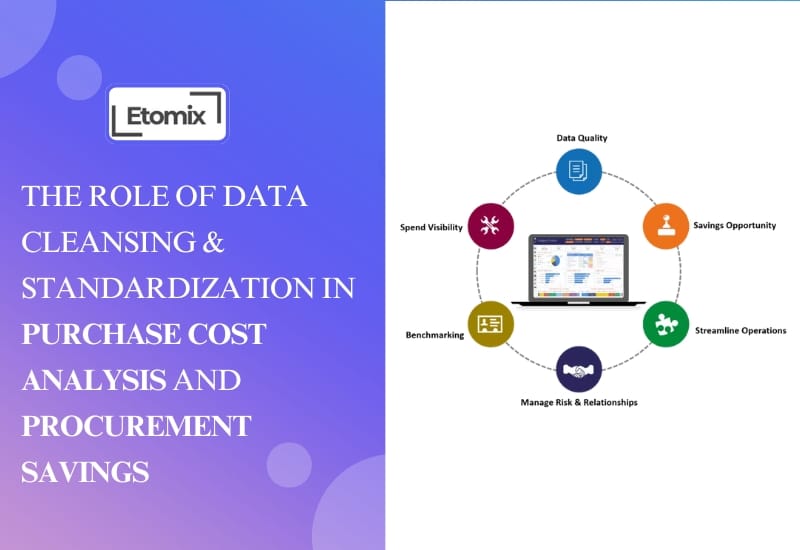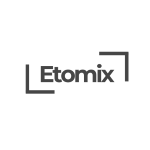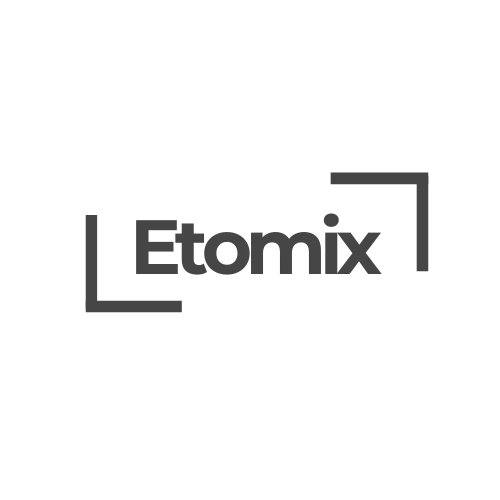
The Role of Data Cleansing & Standardization in Purchase Cost Analysis and Procurement Savings
Accurate, reliable data is the foundation of sound business decisions. Yet many organizations struggle with duplicated, incomplete, or inconsistent records that distort analysis and lead teams astray. In procurement and purchasing, dirty data directly translates to missed savings opportunities. By cleansing master datasets, companies gain clarity in spending, enabling concrete steps toward comprehensive cost optimization.
The High Cost of Poor Data Quality
Faulty data infiltrates businesses in countless ways:
- Mergers and acquisitions that combine records from different systems
- Data entry errors such as typos or formatting inconsistencies
- Lack of standards in capturing supplier or material information
- Outdated legacy systems with limited reporting capabilities
Organizations also waste copious resources “cleansing on the fly” or working around unreliable records. What if these efforts focused squarely on optimization instead?
The Untapped Potential of High-Quality Data
By contrast, pristine master data frees teams to extract meaningful analytics – the essential precursor to strategic cost management.
Well-governed information enables vital capabilities like:
Supplier Spend Visibility:
- Who are the top suppliers by category, location, or spend volume?
- What share of the wallet does each critical vendor represent?
- Where might additional consolidation opportunities exist?
Pricing Transparency:
- How do rates compare for the same materials or services?
- Which vendors offer the best contractual discounts?
- Where are the gaps for price benchmarking or should-cost modeling?
Trend Analysis:
- How has pandemic disruption impacted different spend categories?
- Which areas saw the greatest fluctuation month over month?
- What do macroeconomic indicators suggest for future cost trajectories?
Without data standardization – the processes to structure, format, cleanse, and enhance raw information – none of this multi-dimensional insight takes shape.
The Data Ladder: Leveling Up Analytical Capabilities
In working with clients across industries, the Etomix team developed a four-step model to capture the progression of data and its expanding potential. Most companies operate at lower levels currently.
Level 1: Raw Data
The baseline level contains transaction-level records from source systems like corporate cards, T&E systems, and ERP platforms.
Key features at this stage:
- No modifications from the originating applications
- Data formats and attributes remain unchanged
- Primarily useful for tactical queries
Level 2: Standardized Data
Next, raw inputs pass through master data cleansing protocols – including deduplication, normalization, and enrichment – to resolve structural issues.
What standardization enables:
- Integrated analysis across systems
- Apple-to-apple vendor and category comparisons
- Basic spend reporting at higher levels
Level 3: Classified Data
With clean data as a foundation, meaningful categorization facilitates efficient slicing and dicing. Standard taxonomies provide the schemas to assign items or suppliers to expenditure groups, regions, etc.
The advantages of intelligent classifications:
- Detailed insights for procurement – like identifying the largest vendors in a certain category
- Inputs to drive strategic cost management initiatives
- Groupings for budget tracking or forecasting
Level 4: Actionable Intelligence
In the final stage, leveraging next-gen analytics and procurement savings tracker transforms standardized data into targeted KPI dashboards, interactive self-service portals, and predictive models.
Unlocking the power of optimized data:
- Real-time visibility into budgets and benchmarks
- Models to simulate cost factors and tradeoffs
- Automated notifications for process refinements
- Tailored recommendations based on spend behavior
Reaching the highest echelons takes vision, commitment, and investment. But organizations reap game-changing business advantages as a result.
Unmasking Hidden Procurement Savings with Clean Data
Procurement teams manage millions in business spend. But decentralized buying, outdated master records, and transactional inconsistencies often obstruct expenses visibility that exposes savings opportunities.
With meticulous MDM practices, companies can illuminate:
- Overlapping vendors and duplicate purchases
- Off-contract or non-preferred supplier usage
- Item standardization opportunities
- Volume consolidation potential
- Specification variances driving excess costs
Equipped with comprehensively rationalized materials data, purchasing analytics dashboards yield previously unavailable cost insights that empower analysts to capture millions in savings and procurement cost management. This helps fund growth despite broader economic strains.
MDM initiatives also arm negotiators with enhanced leverage in supplier discussions thanks to optimized benchmarking and clarity on the total cost of ownership (TCO). Opportunities cascade through upstream supply chain improvements as well based on cleansed operational inputs.
6 Levers to Jumpstart Your Data Optimization Journey
While every company’s needs and constraints differ, these leading practices create a solid fact foundation for purchasing improvements:
- Secure Executive Support: Dedicate a senior champion to fund and spearhead formal data governance.
- Assemble a Cross-Functional Team: IT, procurement, and finance – coordination across groups ensures alignment.
- Map Current Data Landscape: Understand existing infrastructure and process pain points requiring relief.
- Perform As-Is Analysis: Highlight glaring examples of dirty data – duplicated records, inaccurate supplier names, etc. – and quantify current challenges. Demonstrate the ROI on resolving identified gaps.
- Define To-Be Architecture: Detail the required technical ecosystem, roles, and business rules to sustain pristine data moving forward.
- Implement in Phases: Take an agile approach rather than boil-the-ocean modernization. Target quick wins and measure outcomes systematically.
With clean information powering spend analytics, purchasing gains the context necessary to drive major efficiency gains. Opportunity abounds for organizations still struggling with subpar records and reporting.
Will you lead data – or allow poor quality to dictate your procurement destiny?
Prioritizing Master Data Management Paves the Road for Savings
A simple maxim bears repeating: garbage in, garbage out. Companies cannot extract strategic insights or implement operational improvements without precise, complete spend records. Yet data governance receives low priority compared to flashier initiatives. Why leave impactful savings on the table due to inconsistent vendor names or classifications?
Master data management delivers the bedrock for sound purchase cost analysis – and bigger bottom-line returns. Treat your information assets with the same rigor as financials, and procurement gains new capacity to accelerate the business.
Is fragmented, inaccurate data currently driving procurement decisions? Contact Etomix for a free consultation on data cleansing and business optimization. With years of experience fueling Fortune 500 cost analytics, our team brings world-class capabilities, methods, and tools. Let’s connect to chart an informed path toward operational excellence.


